80A JIS 10K three-way plug valve is made according to API 599 standard. The valve body is made of A351 CF8. It has the structural characteristics of 3-way and L-shaped. Its connection mode is RF.
Payment:
30% when order confirmed, 70% before shipmentProduct Origin:
ChinaColor:
CustomizationShipping Port:
Shanghai, ChinaLead Time:
30~60 days Ex Works after order confirmationMaterial:
A351 CF8Product Description
|
Type |
Plug Valve |
|
Size |
80A |
|
Pressure |
JIS 10K |
|
Connection |
RF |
|
Body Material |
A351 CF8 |
|
Design Norm |
API 599 |
|
End Flange Dimensions |
JIS B2220 |
|
Face to Face |
ASME B16.10 |
|
Pressure-Temp |
ASME B16.34 |
|
Test & Inspection Code |
API 598 |
|
Temperature |
≤ 120°C |
|
Applicable Medium |
Water, Oil and Gas |
Features
1. It has three fluid passages, suitable for controlling the flow direction of two fluids or mixing fluids;
2. Three-way plug valve can be used for various purposes, such as diverting, mixing, or regulating the proportion of two fluids. This versatility makes it widely applicable in complex fluid control systems.
Technical Drawing
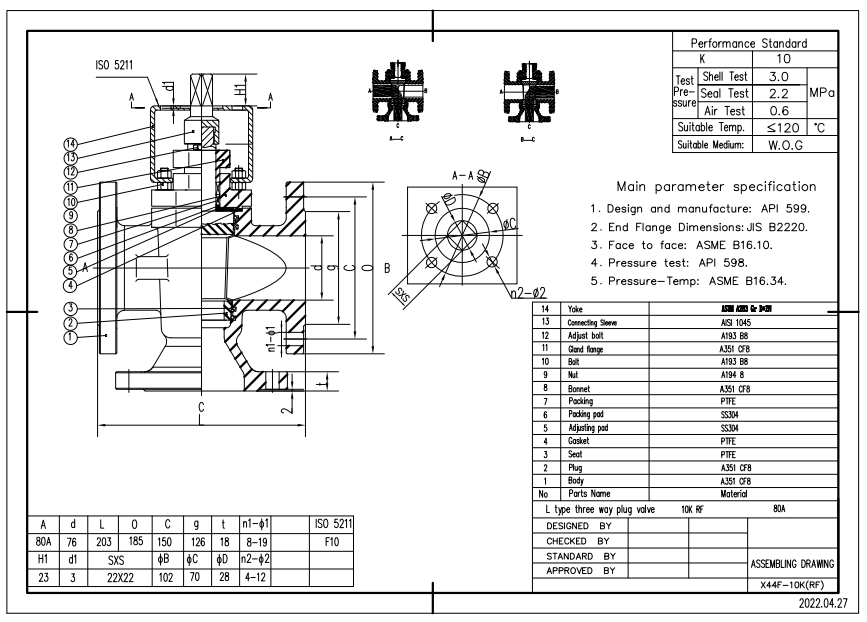
Dimension Checking
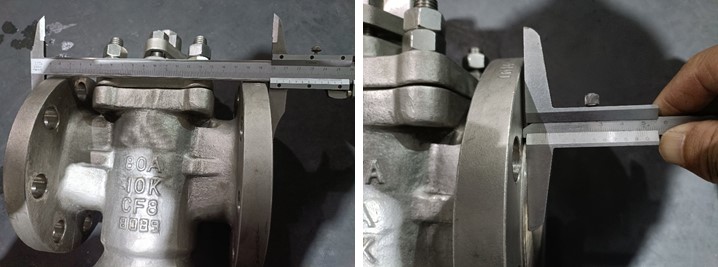
Pressure Testing
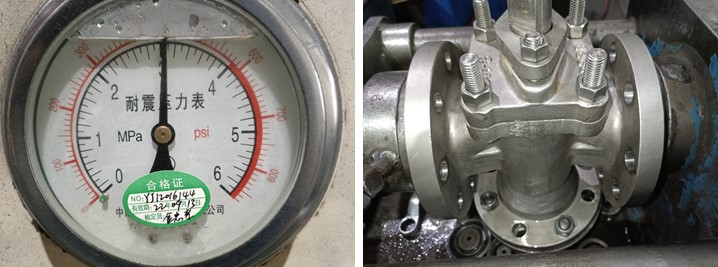
Nameplate & Packing
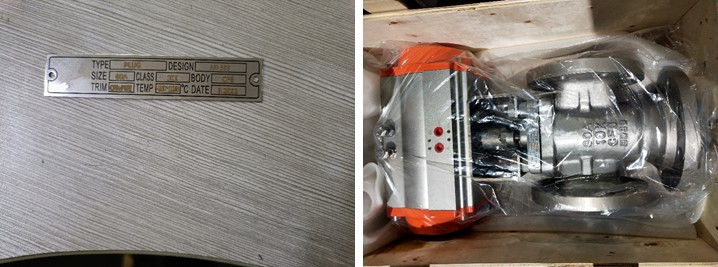
Inspection report
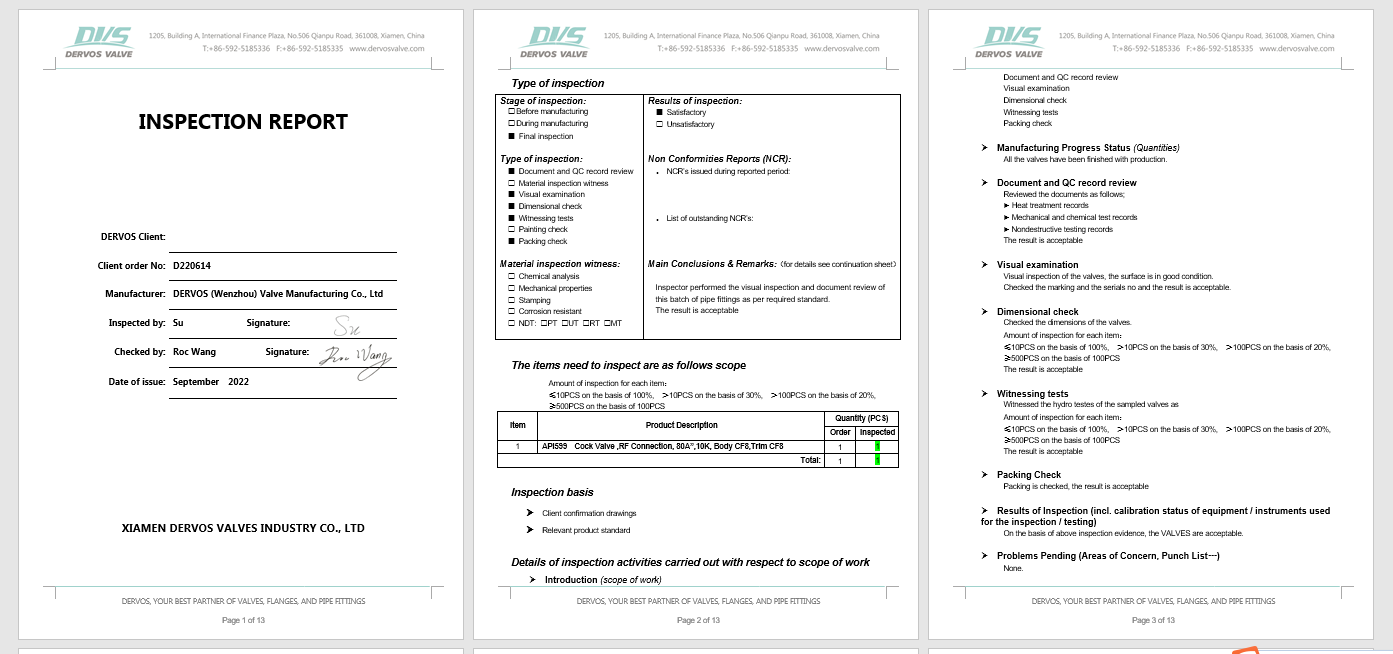
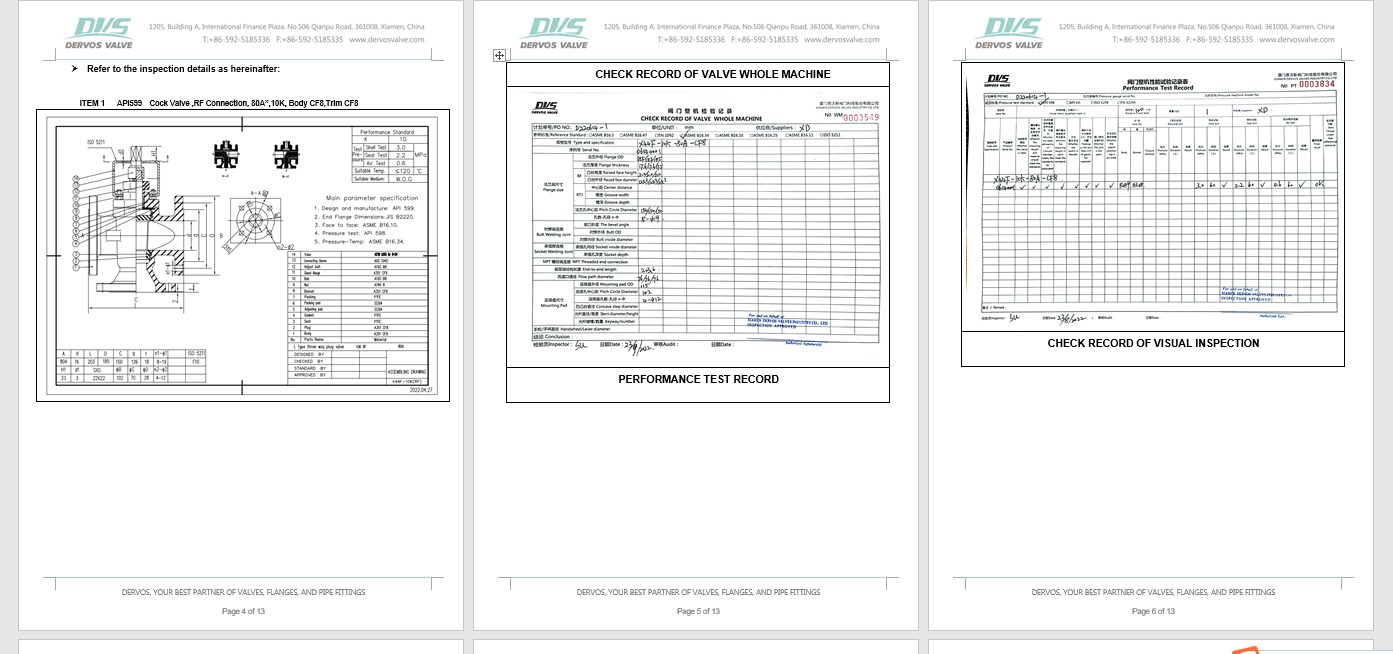
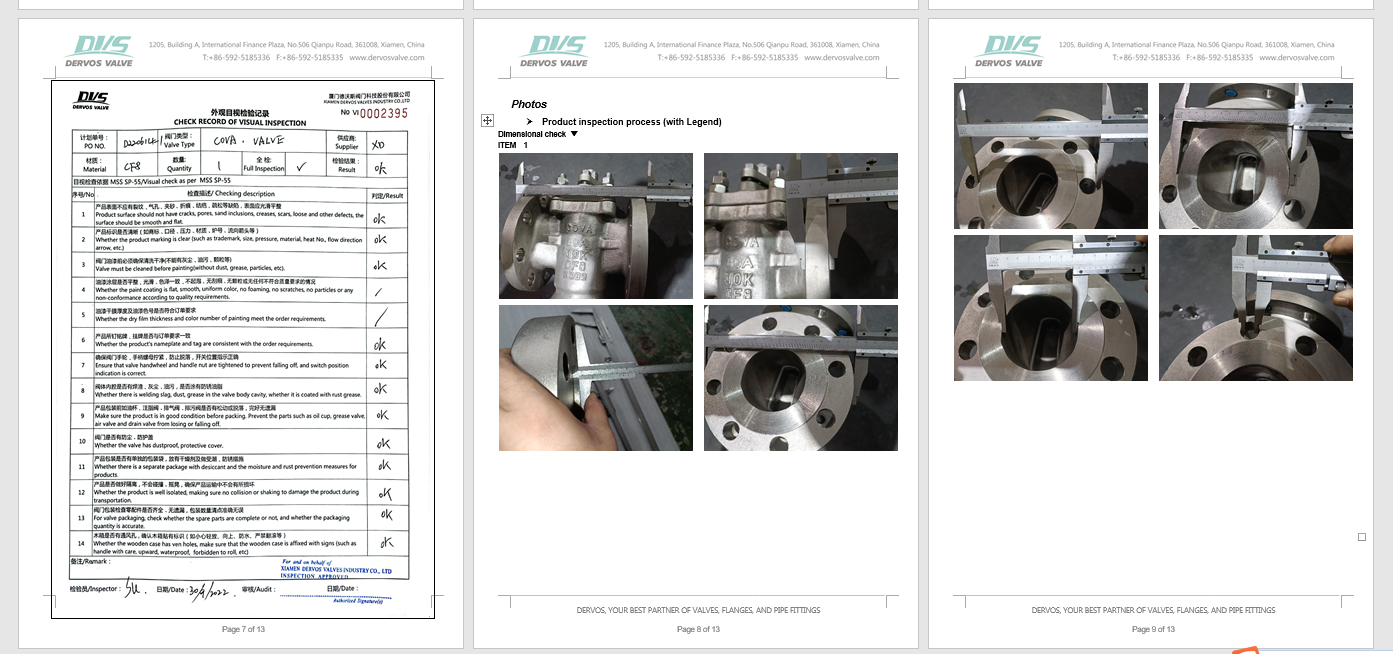
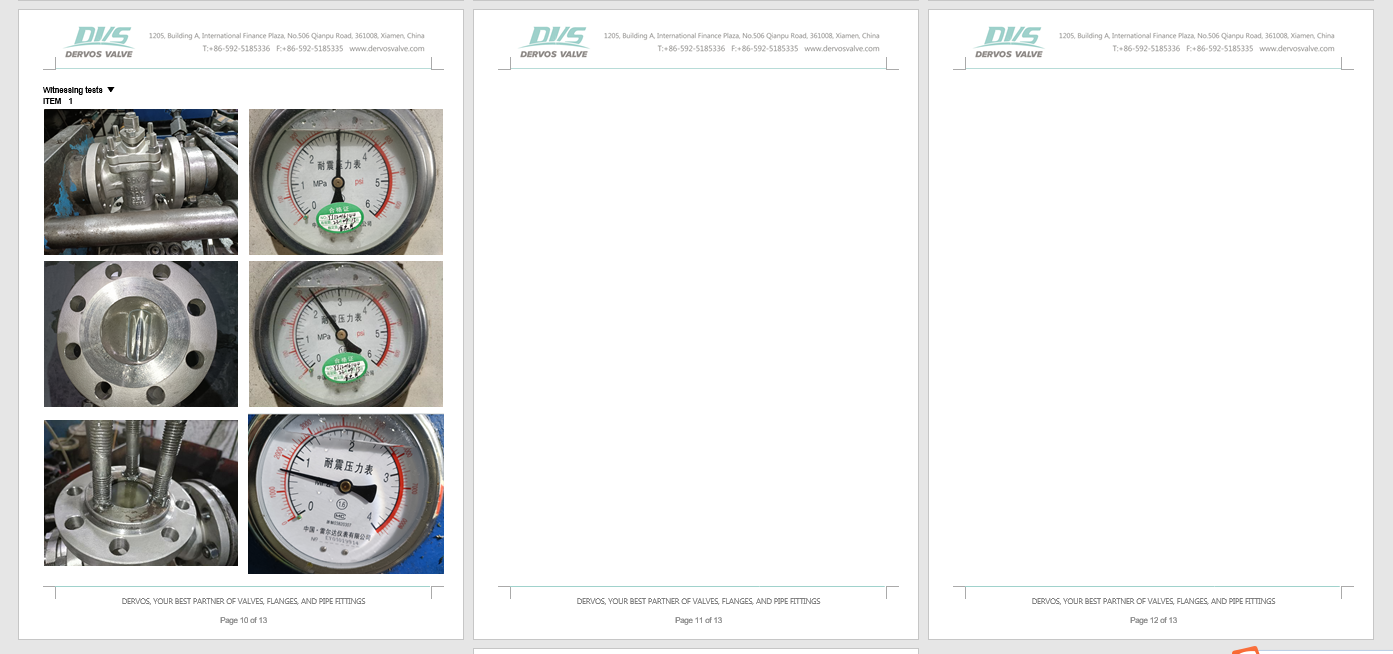
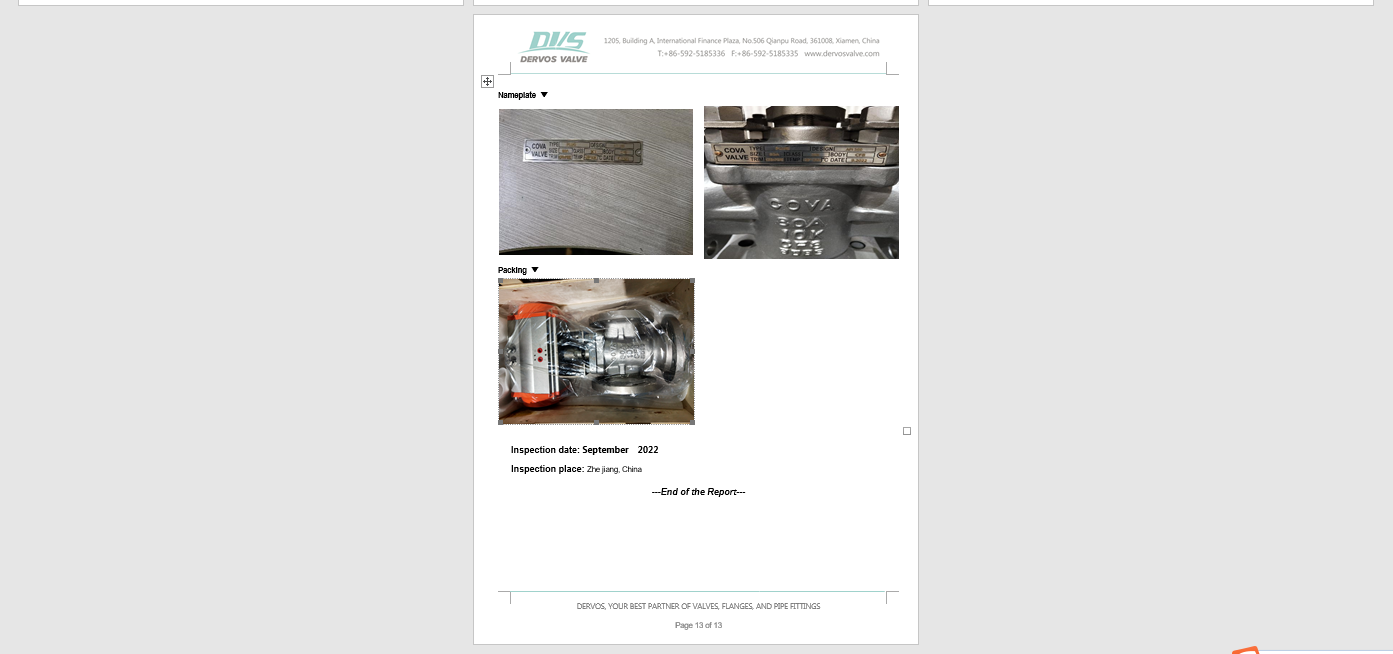
If you are interested in our products and want to know more details,please leave a message here,we will reply you as soon as we can.